Life
The eldest son of John Thorpe and his wife Ann, sister and coheiress of Oliver Combridge of Newhouse, Kent, he was born at his father's house of Newhouse in the parish of Penshurst, Kent, on 12 March 1682; his father had an estate in the parishes of Penshurst, Lamberhurst, Tonbridge, and Chiddingstone. He was sent to Westerham grammar school, where the master was Thomas Manningham, and on 14 April 1698 matriculated at University College, Oxford, graduating B.A. at Michaelmas 1701, M.A. on 27 June 1704, M.B. on 16 May 1707, and M.D. in July 1710. [1]
Thorpe was elected a fellow of the Royal Society on 30 November 1705, and at that time lived in Ormond Street, London, near his friend Richard Mead, the physician. In 1715 he settled as a physician in Rochester, Kent where he lived within the precincts of the cathedral, and attained built up a practice. He died on 30 November 1750 at Rochester, and was buried in the church of Stockbury. He had supported Thomas Hearne, Browne Willis and other scholars, and gave medical aid to many of the poor in his district. [1]
Works
A student of the architecture, antiquities, and history of the county of Kent. Thorpe made collections that were published in 1769 by his son as Registrum Roffense. The book contains charters given in full, monumental inscriptions, and other historical materials. An index to the inscriptions appeared in 1885, edited by Frederick Arthur Crisp. [1]
Thorpe assisted Sir Hans Sloane in the publication of Philosophical Transactions , and published there on 24 July 1704 a letter to Sloane on worms in the heads of sheep. He edited the Itinera Alpina Tria of Johann Jakob Scheuchzer, and published a sheet of lands contributory to, and a collection of statutes related to, Rochester bridge. Some of his letters were preserved in the Sloane collection. [1]
Benjamin Thorpe was an English scholar of Anglo-Saxon literature.
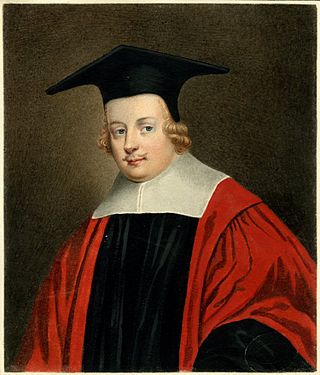
Henry Hammond was an English churchman, church historian and theologian, who supported the Royalist cause during the English Civil War.
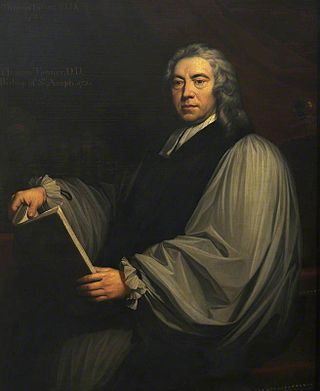
Thomas Tanner was an English antiquary and prelate. He was Bishop of St Asaph from 1732 to 1735.

Viscount De L'Isle, of Penshurst in the County of Kent, is a title in the Peerage of the United Kingdom. It was created in 1956 for William Sidney, 6th Baron de L'Isle and Dudley, VC, KG, GCMG, GCVO (1909–1991).

Penshurst Place is a historic building near Penshurst, Kent, 32 miles (51 km) south east of London, England. It is the ancestral home of the Sidney family, and was the birthplace of the great Elizabethan poet, courtier and soldier, Sir Philip Sidney. The original medieval house is one of the most complete surviving examples of 14th-century domestic architecture in England. Part of the house and its gardens are open for public viewing. Many TV shows and movies have been filmed at Penshurst.

Stephen de Pencester was Warden of the Cinque Ports when the first authoritative list of Cinque Ports Confederation Members was produced in 1293.
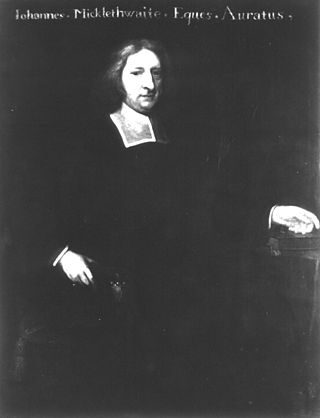
Sir John Micklethwaite M.D. (1612–1682) was an English physician, who attended Charles II. He was President of the Royal College of Physicians.
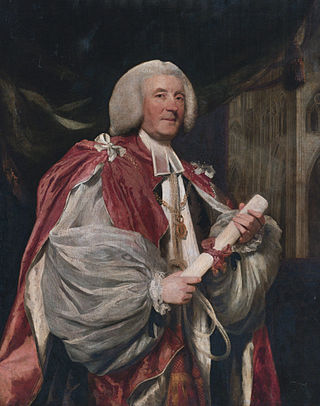
John Thomas was an English churchman, Bishop of Rochester from 1774.
Sir William Sidney was an English courtier under Henry VIII and Edward VI.
Sir Martin Lister was an English farmer and politician who sat in the House of Commons from 1640 to 1648.
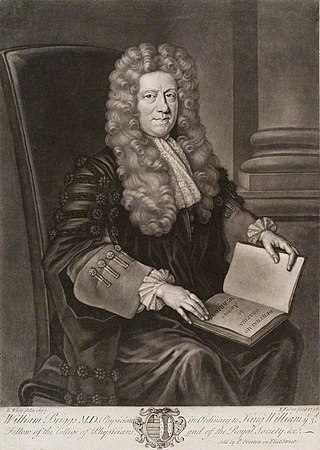
William Briggs was an English physician and oculist.
Dr Robert Uvedale (1642–1722) was an English cleric teacher and horticulturist. He ran a grammar and boarding school north of London, took part in botanical exchanges, and published as a classical scholar.
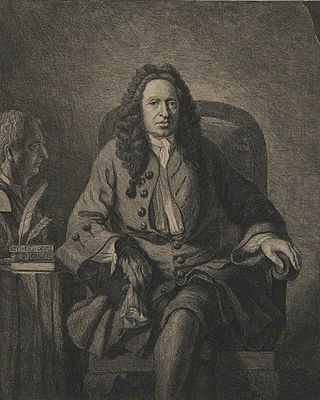
Bryan Robinson (1680–1754) was an Irish physician, academic and writer.
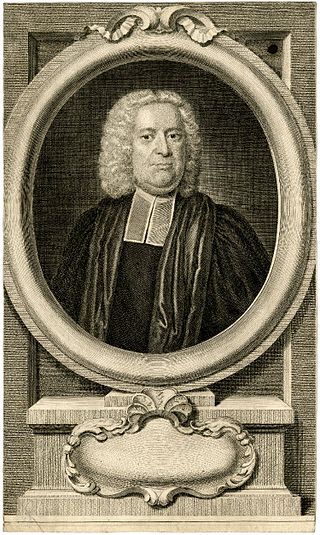
Thomas Stackhouse (1677–1752) was an English theologian and controversialist.
Edward Browne, FRS was a British physician, and president of the College of Physicians.
Robert Pitt M.D. (1653–1713) was an English physician.
Raphael Thorius M.D. was a London physician of Huguenot and Flemish background, known as a poet and humanist.

John Thorpe (1715–1792) was an English antiquarian, known for works on Rochester, Kent.
Francis Annesley, FRS was an Irish lawyer and politician who sat in the Irish House of Commons between 1692 and 1714, in the English House of Commons from 1705 to 1708 and in the British House of Commons between 1708 and 1734.
John Morton (1671–1726) was an English cleric, naturalist and Fellow of the Royal Society. He published a Natural History of Northamptonshire.
This page is based on this
Wikipedia article Text is available under the
CC BY-SA 4.0 license; additional terms may apply.
Images, videos and audio are available under their respective licenses.











